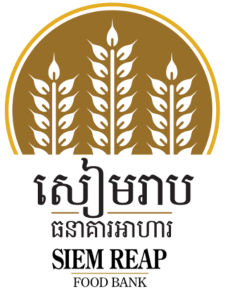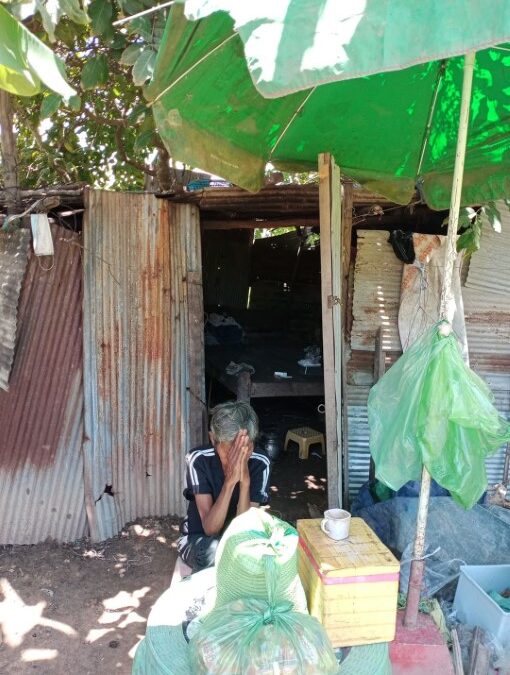A couple of elderly clients, one supported by the Siem Reap Food Bank and another sponsored by Building Community Cambodia, have passed away recently. Although it is not documented as such, we suspect the cause of death to be malnutrition, with loneliness as a contributing factor.
This set off an alarm bell and made us wonder, how prevalent is malnutrition in the elderly in Siem Reap city? Nearly 20% of households in Siem Reap live below the poverty line, therefore, we suspected it is very prevalent. We undertook a short informal sampling of people in just one village, that produced evidence that 15 elderly folks were suffering from malnutrition or were at “high risk” of becoming malnourished. Siem Reap city consists of 99 villages. Extrapolated city-wide that’s potentially 1,500 undernourished seniors. Ouch!
This is a serious food security issue that the Siem Reap Food Bank would like to alleviate. We decided further investigation was required and our first step is to map how many at-risk seniors there are in the city and where they are located. The Nestle Nutrition Institute, has produced a well validated assessment tool, the Mini Nutritional Assessment (MNA) short form that is easy to use and provides a simple, reliable way to screen nutritional status of persons over age 65. It effectively classifies one as normally nourished, at risk for malnutrition, or malnourished.
We plan to undertake the elderly nutritional mapping in villages close to the Food Bank in early March 2023, when two volunteers with medical degrees are expected to arrive from Switzerland. Together with a volunteer nurse, an Australian expat living in Siem Reap, they will use the MNA short form paired with a health check (blood oxygen, blood glucose, blood pressure, pulse, height, weight, etc.), to assess and identify individuals who are malnourished or at risk for malnutrition.
We have already had meetings with some of the Commune office administrators in nearby villages and they have agreed to assist us with the mapping by identifying individuals in their respective villages, that they think are at risk.
All assessment data will be uploaded immediately by phone to streamline administration and data security. Once the mapping is complete, the Siem Reap Food Bank will then consider strategies to address the food security shortfalls of the precious individuals.
We hope to raise $1000 USD to pay for transportation, medical supplies and the wages of a Khmer nurse/translator required to conduct this research project.

